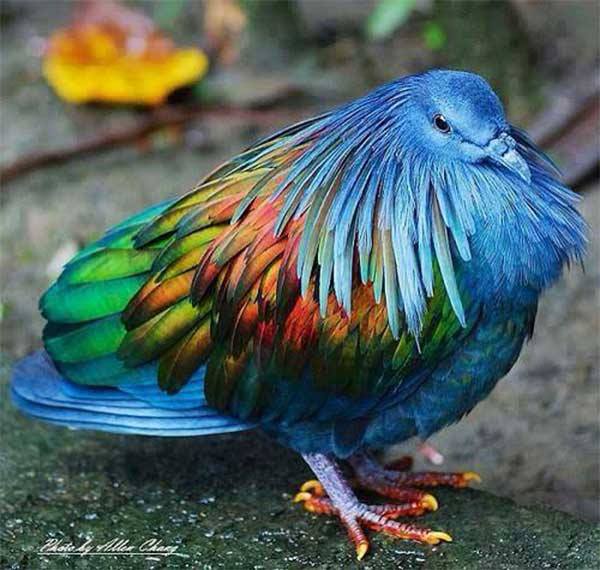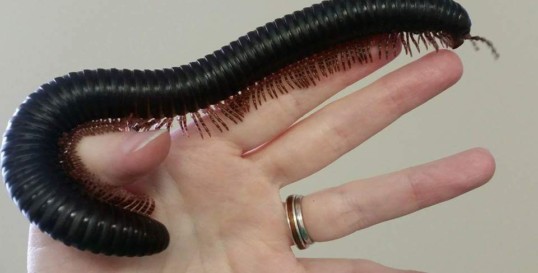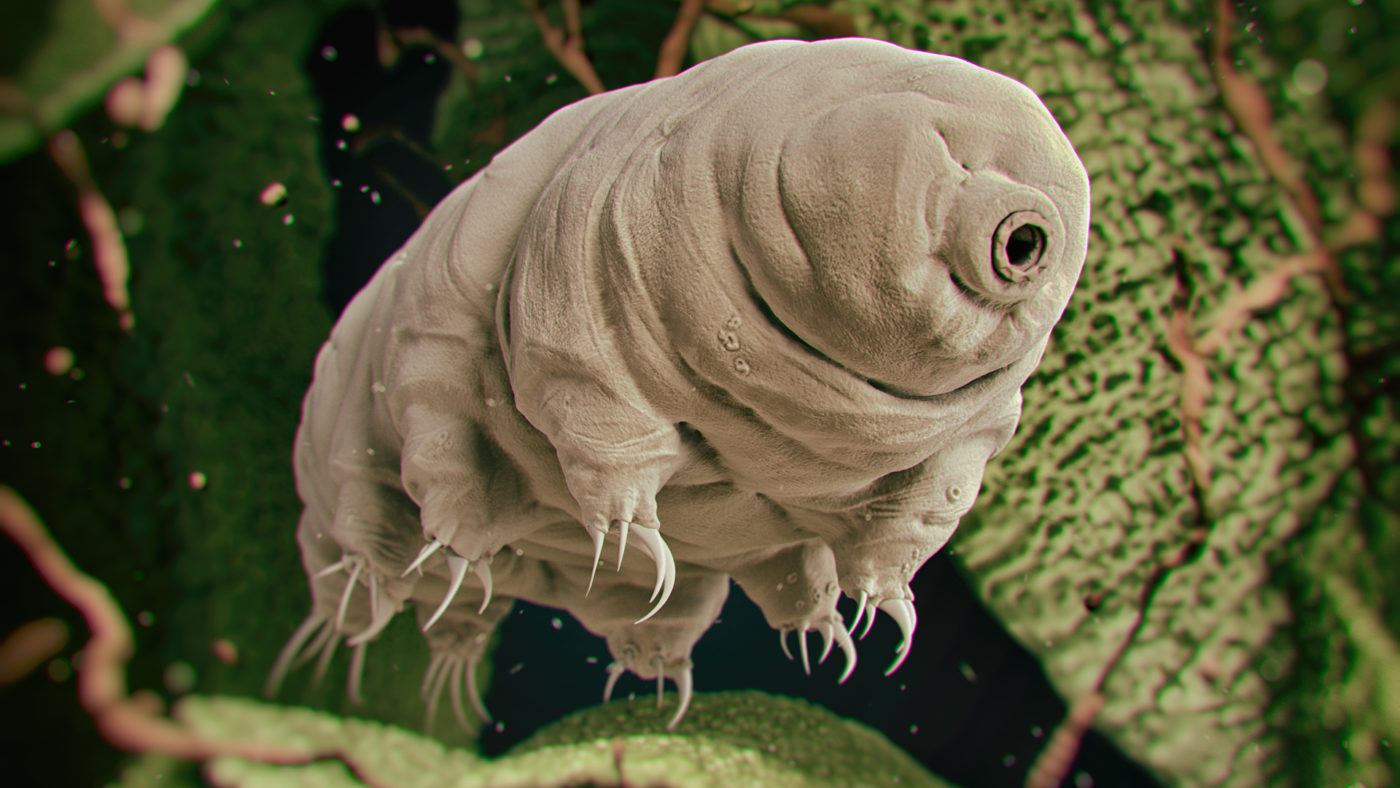BY KAIA KARPE
STAFF WRITER
The Nicobar Pigeon is found on Nicobar Island, right through the east of the Malay Archipelago, down to Palau and the Solomons. You may have heard of this bird as the closest living relative to the dodo. Scientists have this idea based on some cladistic analysis of mtDNA cytochrome b and 12S rRNA sequences. Cladistic analysis is “a system of biological taxonomy based on the quantitative analysis of comparative data and used to reconstruct cladograms summarizing the (assumed) phylogenetic relations and evolutionary history of groups of organisms” says vocabulary.com. With this they can say that the Nicobar Pigeon has a slight possibility of being related to the dodo with the small amount of taxa. The definition of taxa (or taxon) is a way to categorize a group. They live up to eight to twelve years in the wild, and ten to fifteen years in captivity.
Nicobar Pigeons are the only living species in the Caloenas genus. They can measure up to sixteen inches, though typically the females are shorter than the males. These birds’ feathers are from not having any predators to hide from. In 2004, the Indian Ocean tsunami inflicted a huge amount of damage on Nicobar Island and caused a slight population decrease.
Nicobar Pigeons’ diet consists of seeds, fruit, and buds. A gizzard stone helps them digest hard foods such as seeds. Birds swallow tiny amounts of gravel that helps the gizzard stone by acting as “teeth”.
Here are more visual examples of the gizzard stone.
An interesting thing about the Nicobar Pigeon is that they fly in columns or a single file line unlike the more common loose flock. Their white tail is similar to a taillight; It helps the group stay together and not get lost in the dark. Younger birds lack the white feathers, so if an adult Nicobar Pigeon sees that, they will know that they are not potential mates, not competition for mating, and they are not old enough to safely guide the flock to one location to the next. They like to build nests in heavy forest areas. Nicobar Pigeons build loose stick nests in a tree, and lay only one egg. Nicobar Pigeons are monogamous which means they only mate with one partner for life.
Sadly, the Nicobar Pigeons are considered near threatened by the International Union for Conservation of Nature, or IUCN. They are hunted for their gizzard stones, which are made into jewelry, and they are trapped in an illegal trade to the local pet market as an exotic pet. Also, their nesting habitat is decreasing due to deforestation for plantations. That is not all of the threats to the Nicobar Pigeon of course. Nicobar Pigeon populations are also decreasing because of the travel of predators to their breeding grounds. Some examples of non-native predators are cats and rats. They are trying to be saved by multiple zoos which are helping Nicobar Pigeons adapt in safer areas. Hopefully people will notice them and try and pitch in to keep these wonderful creatures alive and healthy.
Citations
- “Nicobar Pigeon.” Wikipedia. Wikimedia Foundation, September 27, 2020. https://en.wikipedia.org/wiki/Nicobar_pigeon.
- “Gizzard.” Wikipedia. Wikimedia Foundation, September 15, 2020. https://en.wikipedia.org/wiki/Gizzard.
- “This Colorful Pigeon with Luminous Feathers Is the Closest Living Relative to the Extinct Dodo Bird.” Positive Outlooks Blog, August 19, 2020. https://mypositiveoutlooks.com/nicobar-pigeon-dodo-relative/.
- “The World’s Fastest Dictionary.” Vocabulary.com. Accessed October 15, 2020. https://www.vocabulary.com/dictionary/cladistic analysis.
- “Gizzard and Crop Impaction.” Farm Health Online Animal Health and Welfare Knowledge Hub. Accessed October 15, 2020. https://www.farmhealthonline.com/US/disease-management/poultry-diseases/crop-impaction/.









